2020 Environmental Studies Capstones
Tuesday, May 19th, 2020
Welcome! We, Rose McKenney and Adela Ramos, are excited to share with you the work of the 2020 class of Environmental Studies students. It has been our distinct pleasure to teach and guide this cohort of smart and passionate students whose work, as you will see, addresses some of the most pressing questions of our time. We hope you will join us in congratulating them for completing meaningful Capstone projects and for concluding their undergraduate trajectory. Congratulations, Class of 2020!
Frankee Broer
I would like to thank specifically my mentors for this project Adela Ramos and Steve Sobeck. More broadly I would like to thank all the Professors at PLU that have supported my undergraduate career. Shout out to my family for your infinite support, energy and belief in me as a young woman. Especially you Mom, for the love you share for the arts and the Earth. A black hole of love and thanks to my dearest friends. Lastly, to the people working everyday to make this planet a more cohesive, balanced, diverse and loved place.
A Coalescing Interpretation of Biology and Storytelling On the Relationship Between: Two Ocean Megafauna, People and Plastic.
This paper interprets the environmental problem of plastics in the ocean through the lens of environmental biology and storytelling. It addresses the biological explanation of plastic threats to biodiversity and consequent functionality of ecosystems by examining S.T. Coleridge’s The Rime of the Ancient Mariner (1798) and photographic eco-art by Chris Jordan, Midway: Messages From the Gyre. These works focus on the relationship between whales and the albatross, plastics, and people. Both oceanic megafauna are endangered and featured as top ten documented species within death records of entanglement and ingestion due to plastics (CBD 15). Accordingly the project identifies individuals lacking a recognition of the self as a part of the environment and suggests the potential for recognition that both science and storytelling provide. My interpretations identify the connections and disconnections of science and storytelling, and argues that bringing them together can create positive solutions to the plastic problem. The project concludes with my own eco-poetic and artistic work.
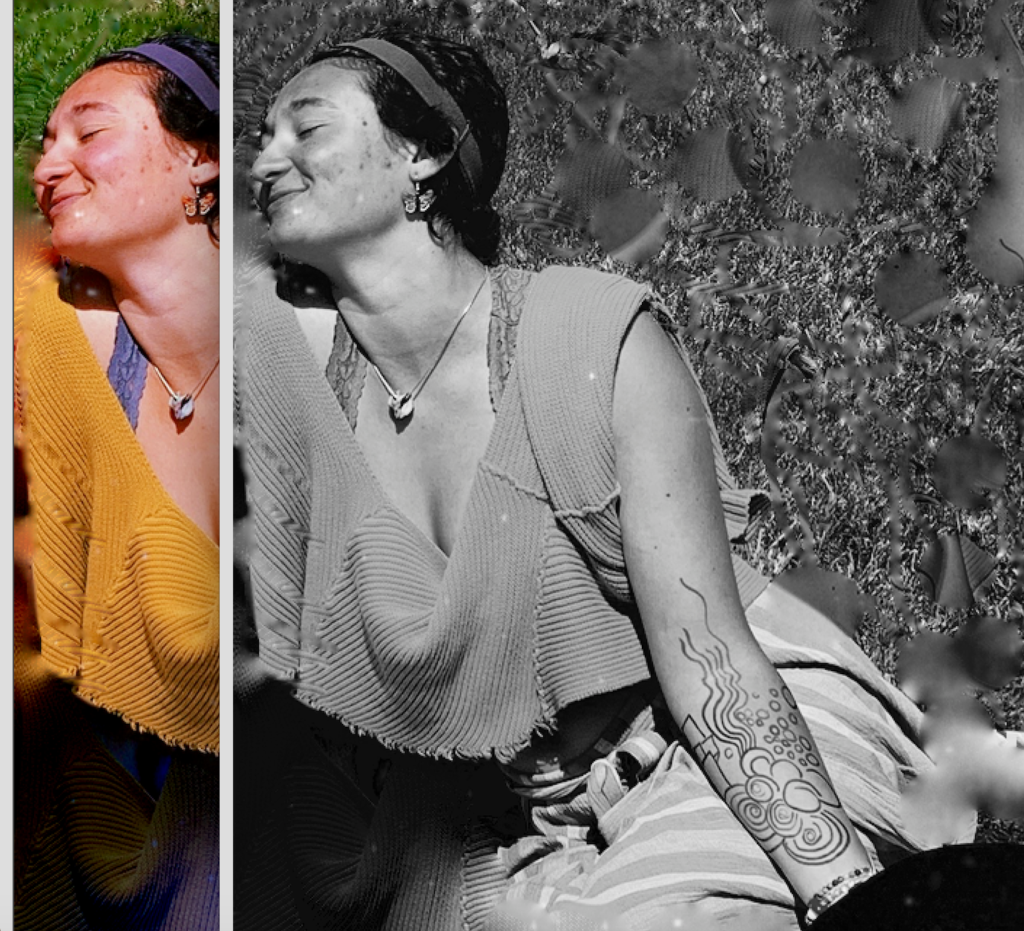
Jasper Cantrell
Dr. Maria Chavez-Pringle, Dr. Michael Artime, Dr. Rose McKenney, Dr. Mike Rings, and Dr. Scott Rogers are all to be thanked for pushing me to this point and making sure my work is in its best possible form and always in before the deadline. I also would like to thank my family for supporting me and making this opportunity possible.
Climate Changing Attitudes: Environmental Disaster and the effect on Policy, Philosophy, and Political Opinion.
This study is concentrated around climate change and environmental disaster in the United States and the effects it is having on voters. First, the paper focuses on the history of climate change during politically charged times and how both government officials and their constituents respond to such incidents. Then, using survey data, it seeks to find connections between those who have suffered from environmental disasters and their opinions on climate change. Finally, it develops a philosophical breakdown as to why and how we are in the situation we are in today.
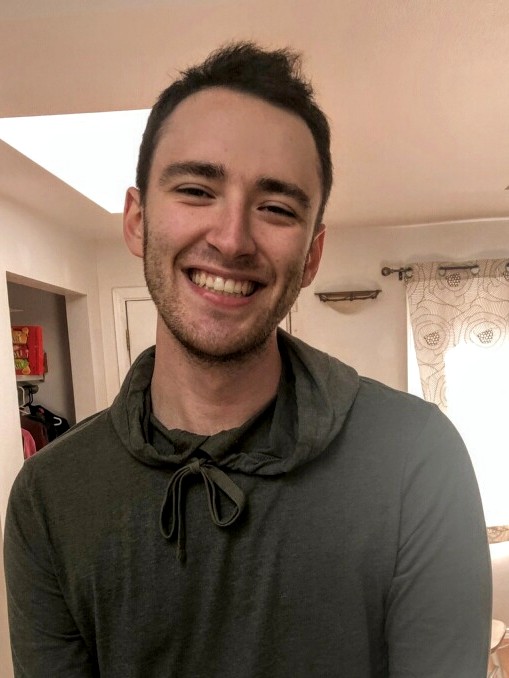
Megan Daugherty
My biggest thanks to all my capstone advisors, Professor Wendy Call, Dr. Adela Ramos, Dr. Rose McKenney, Professor Mare Blocker, and all the mentors along the way, Professor Rick Barot, Professor Rona Kaufman, Professor Derek Robbins, for not only reading and responding to my work, but for helping me build, shape, and expand my creative process and functions. Because of all of you, I have learned how to write for myself and to audiences I dream of reaching.
S’more huge thanks to Ben Papp, Amanda Schenzielos, Bella Diehl, Katy Rasmussen, Frankee Broer, and Daniel Hachet for giving me such beautiful ideas, times, and support. You all mean so much to my time here at PLU.
Thought Grow: Adding an Eco-Curious Mindset to a Consumptive Culture.
This project explores how consumer culture promotes habits that damage the environment. By reflecting on consumer action through the lens of eco-curiosity, which is a desire to know more about the environment, I develop a proposal for a magazine based on ideas of action as creative input, the false corporate charge that blames the individual for environmental disaster, and sustainable thinking. The magazine is designed using creations of my own: personal essays and multimodal art that portray everyday environmental dilemmas.
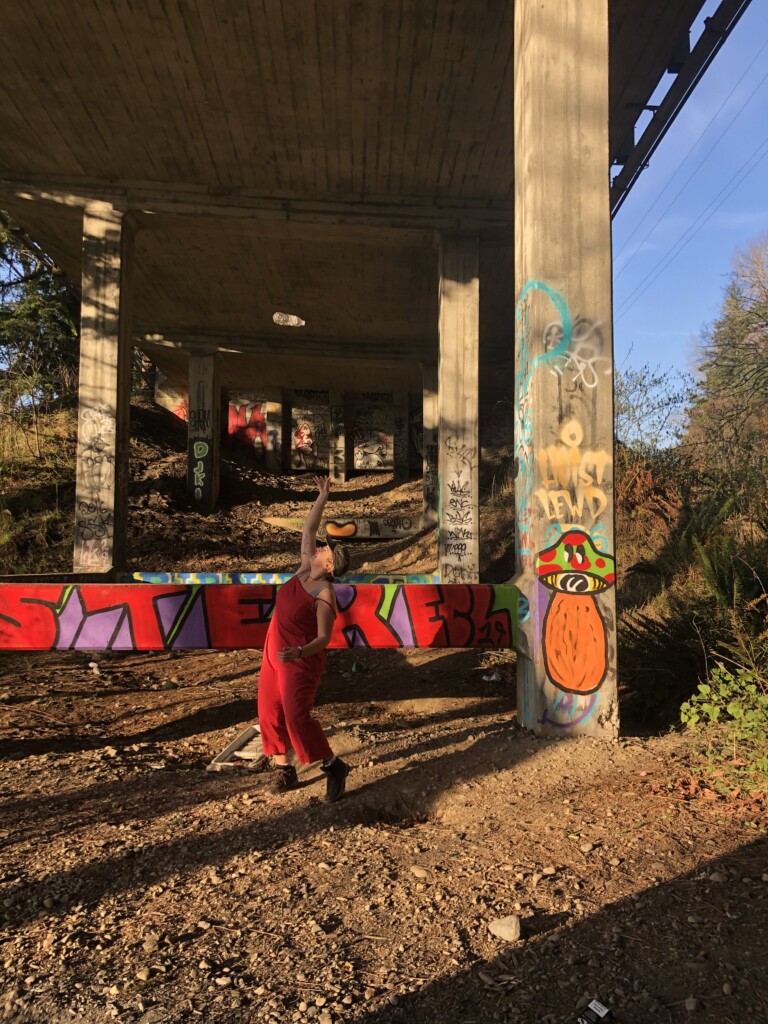
Kenzie Davidson
I want to firstly thank Rose and Adela for their continuing support and guidance through this eventful and confusing Spring semester. I also want to thank my mentors Dr. Mergenthal and Dr. Behrens for assisting me in the editing, workshopping, and support they provided for my capstone. I would easily have been drowning in irrelevant literature and side tracking paragraphs without them. Lastly, I would like to thank Suzanne Nelson for bringing this complex topic to my attention during her class last Fall. This has turned out to be a perfect marrying of my two majors that I would never have had the chance to explore without her.
The One Health Approach to the Arctic: Using Climate Change, Environmental Pollution, and Inuit Relationships with Food to Evaluate Ecosystem and Human Health.
In this paper, I take a holistic health approach to the study of the Arctic called The One Health Approach. Essentially, I am exploring the effects climate change and environmental pollution have on the Arctic environment, animals, and the Inuit inhabitants of this region. I further explore the complex and intertwined connections between human health, environmental health, and animal health to examine how negative impacts propagate throughout all three.
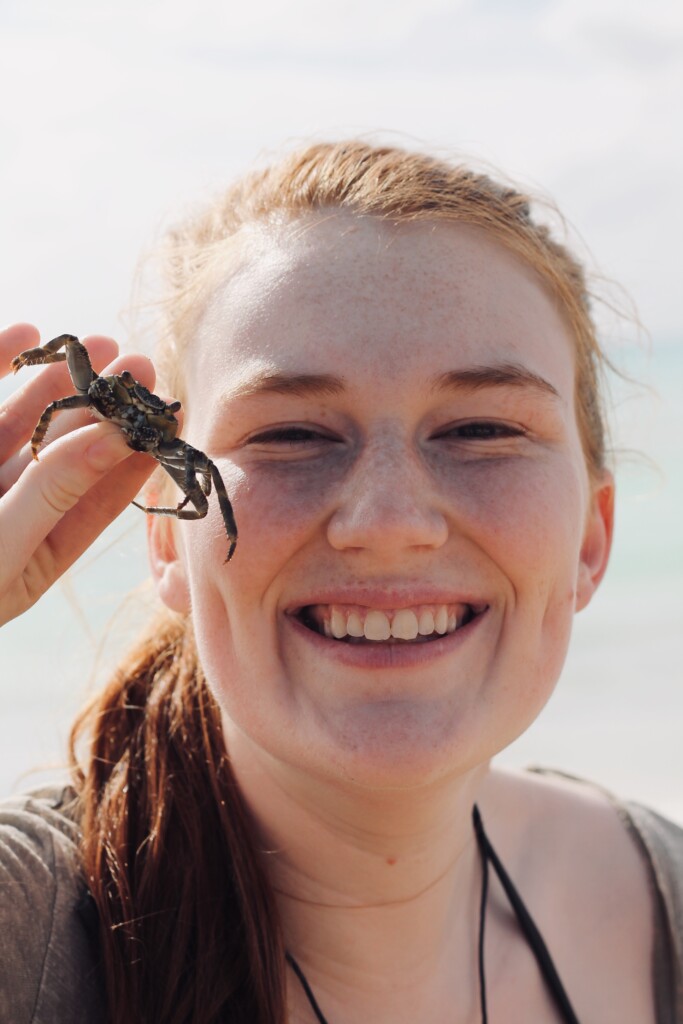
Tyler Erickson
To start, I would like to thank my environmental studies teachers and mentors. Especially in these troubling times with the coronavirus pandemic, Adela Ramos and Rose McKenney have effectively managed class and assisted me in editing up my essay. In addition, I really appreciate all the additional work that Rebekah Mergenthal and Micheal Berhens have done to help me incorporate the disciplines of biology and history into my essay. Lastly, I would like to thank my friends and family for their support and guidance throughout the years.
Greenback Cutthroat Trout Case Study: Shifting human values from mining and exotic fish culture to and native species conservation from 1850s to present in Colorado
In this paper, I examine the troubling history of the greenback cutthroat trout, a Colorado state fish, which has has been the focus of conservation efforts from Colorado Parks and Wildlife in recent times. Drawing from the disciplines of environmental history and biology , I study the impact of the pike Peak Gold Rush, the accompanying rapid urbanization of the landscape, the influx of eastern settlers that led to a higher demand on fisheries, and the introduction of three species of non-native trout. The influx of competition pushed the population size of greenback cutthroat trout to a dangerously low level, so much so that they were falsely declared extinct in 1937. But, in 1968, greenbacks were rediscovered by Robert Behnke. For 50 years, the trout were cultured and reintroduced throughout their native range in Colorado. These efforts were so effective that their conservation status was lowered from endangered to threatened and almost delisted entirely until a morphological study in 2012 discovered disturbing evidence of the true greenback cutthroat lineage: efforts to protect and restore greenbacks years were futile as they were accidentally stocking Colorado river cutthroat trout instead of greenback cutthroat trout. The last remaining true population of greenback cutthroat trout were found in Bear Creek, and fish from this river have been introduced back into some of the rivers on the east slope of the Rocky Mountains in Colorado. My paper concludes that as conservation efforts continue, greenback cutthroat trout seem to be once again making a recovery in Colorado. But this subspecies still has an uncertain future due to genetic problems and continued competition with non-native species.
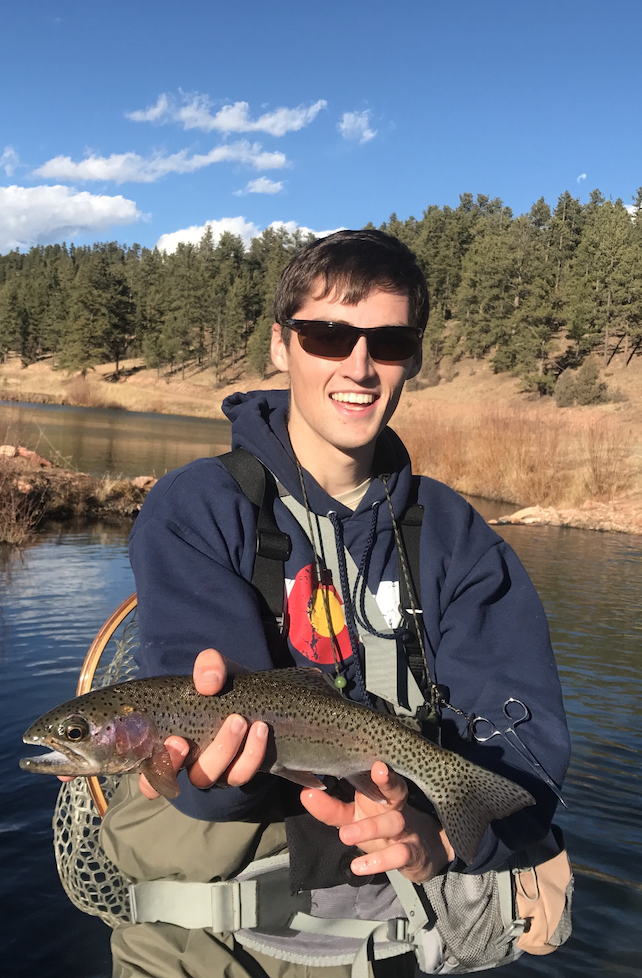
Siri Fretheim
Anyone who has talked to me in the last six months has undoubtedly helped me with my project. My housemates and best friends Sami, Torrin, and Maggie have been integral to every experience I have had at PLU, and I wouldn’t have been able to finish this project without their support. I also want to thank Layne for forcing me to continually work without forgetting the importance of play. I love you all! My capstone professors Adela and Rose deserve the biggest acknowledgement for the effort and patience they have given me and all of my peers. Sending lots of love to all family and friends!!
Identity’s Impact on Relationship to Nature and Access to its Health Benefits
In this paper, I explore and explain the link between human health and time spent in the outdoors. I will show how it could be connected to identity with help from the disciplines of Anthropology and Women’s and Gender Studies. I utilize theories of intersectionality, critical race theory, and feminist anthropology to better understand the United States’s outdoor culture and how it distinguishes who is and isn’t allowed to be considered normal for existing in that space. I go over various health benefits provided by the environment as well as the risks associated with lower nature exposure. By looking at historical representations of the outdoors in media, specifically magazines, I show how this discrimination has been a trend in the United States since its colonial inception. Statistics of park visitors will be broken down. Next I look at race and gender separately and see how they can affect the experience of the outdoors. Identity formation concerned with equal access to nature is vital to understanding how to care for yourself and how to care about the non-human world.
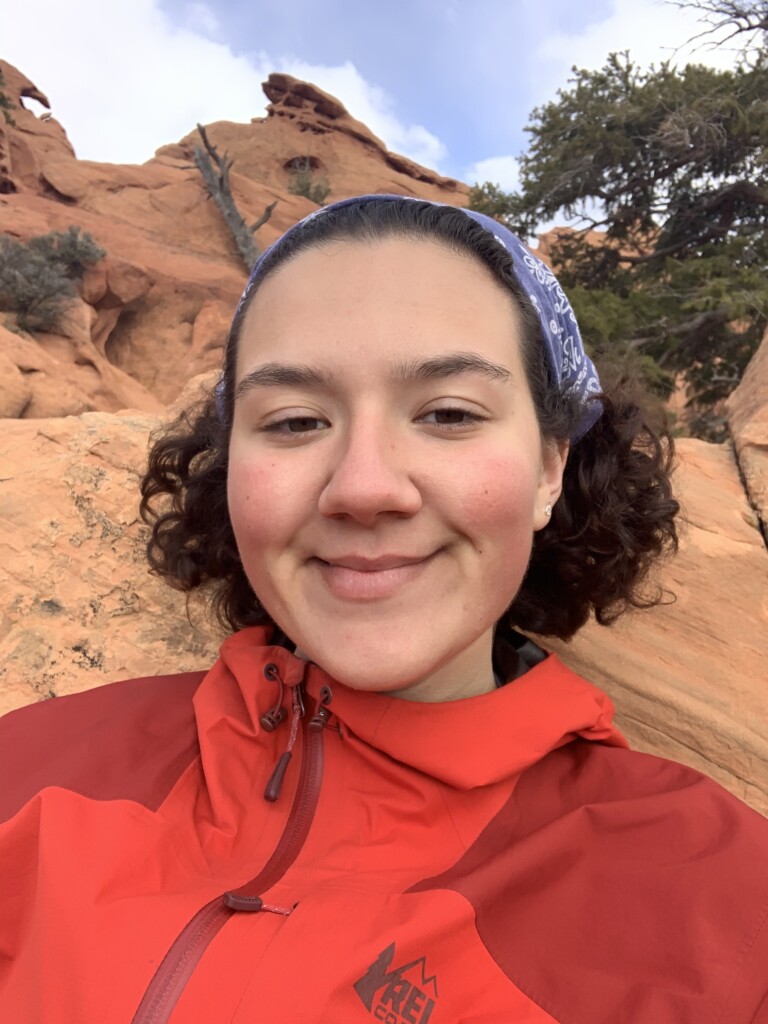
Ryan Gaschel
I would like to thank Professor Rose McKenney, Professor Michael Artime, and Professor Adela Ramos for their advice and guidance through this capstone process.
Transportation and Geomorphology in the Tacoma Metropolitan Area.
My capstone is a study of Pierce Transit’s Route 1 service area as an example of how improvements to the system could improve transportation equity in the system, as the route is currently undergoing a transition to a Bus Rapid Transit model. I consider currently applied public transportation systems, and how they relate to the natural and built environment and interact with the public they serve. Applying geoscience and political science disciplines, I develop a spatial analysis of the route, and demographics that the route would serve, and how this provides insights into how transportation systems can be improved to better serve the population, and benefit the environment as a byproduct of increased public transit usage. The resulting change would likely lead to higher representation of the population based on improvements to the route features and destinations themselves, while noting areas where increased community participation and feedback could lead to higher rates of usage. I conclude that improvements to this system, resulting in increased usage, can offer populations the ability to rely on public transit as their primary form of travel, resulting in less personal vehicle usage.
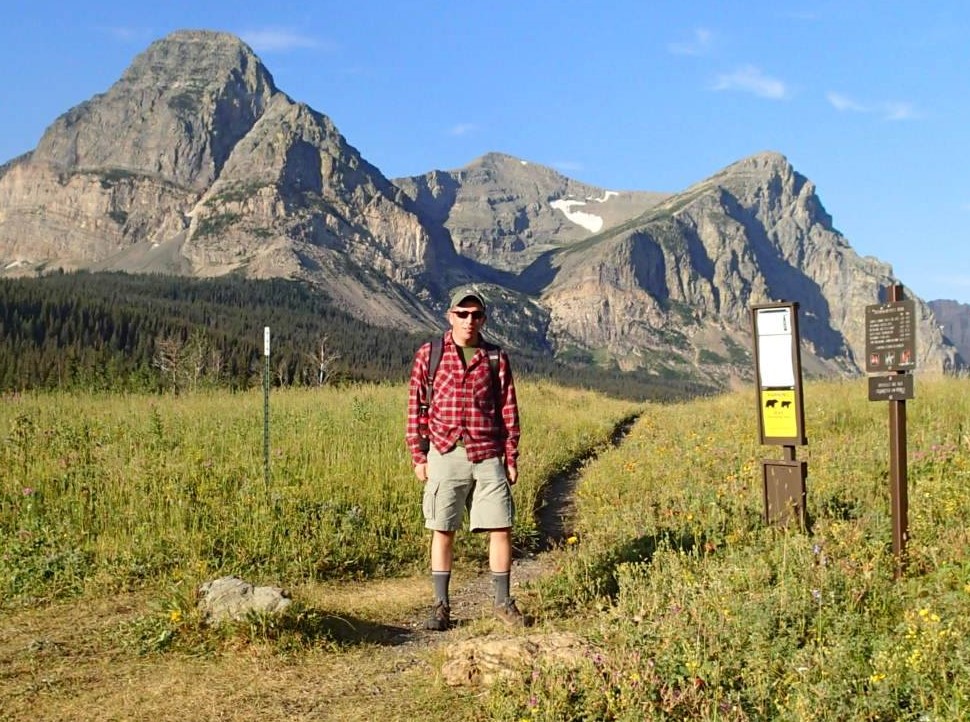
Khaleesi Gonzalez
Thank you so much to Dr. Naasz and Dean O’Brien for the support and guidance through this complex topic.
We Can't Burn, but We Can Earn: Calvinism as a Solution to the Atmospheric Crisis.
My paper examines how Calvinist theologies within the capitalist system in America can help reduce carbon emissions through the promotion of electric and hybrid car technology.
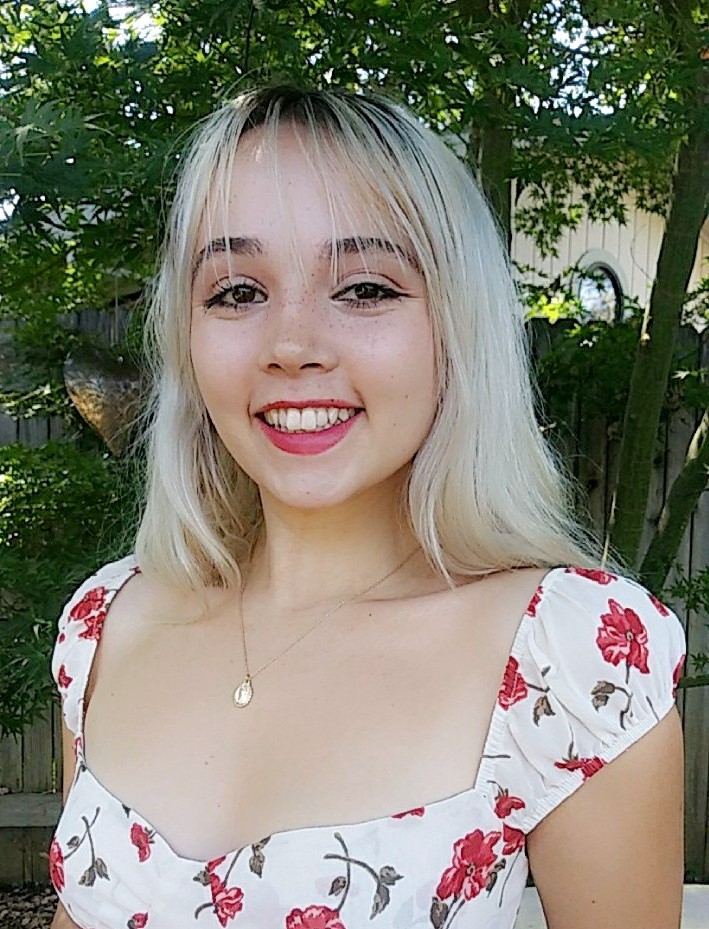
Daniel Hachet
I’d like to acknowledge my amazing advisors Dr. Nicola Justice and Dr. Kevin O’Brien. Both were amazing, flexible and provided me with great feedback. My capstone wouldn’t be possible without them. I’d also like to thank each catering student that helped make this project possible, as well as student life staff members.
An Application of Christian Ethics to PLU Catering Food Waste.
In this paper, I explain how PLU’s catering department functions and why it creates food waste. Using mathematical modeling, I estimate how much food waste catering generates in a given year, and how many people we could feed with that waste, as well as the amount of greenhouse gases which are produced. My project complements this mathematical analysis with an exploration of the ethics of food waste based on two religious frameworks: Creation Care and Eco-Liberation Theology. I conclude by offering possible solutions for food waste in catering using these frameworks and the work that is being done at PLU.
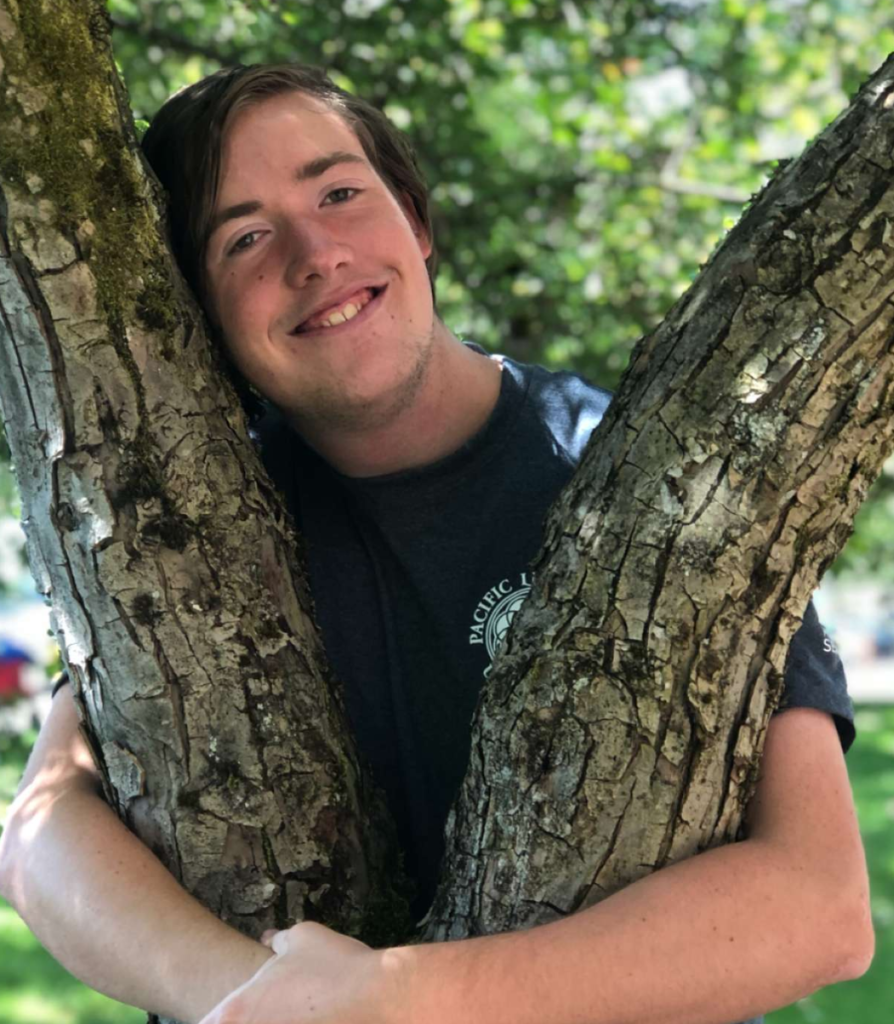
Sharlaine Hesira
I’d like to thank my mom and my sister for their never-ending support, especially being so far away from home. To thank my friends and co-workers that have kept me sane. To thank my mentors and professors for guiding me through this capstone. And to thank all of the opportunities that I have experienced within the past four years, both at PLU and at home.
Island Ecotourism: The Irony of Experience and Existence.
My capstone project brings together sociology and biology to argue that the demand for ecotourism activities in island communities puts pressure on the natural environments and contributes to population loss. In order to understand why there’s an increasing demand for ecotourism, I conduct a sociological examination of the role advertisements play in portraying island destinations and the role island communities play in matching their portrayal in these advertisements. Using numerical biological data about sea turtle and seabird population in island communities, I foreground the contradicting relationship in the decline of land-ocean interface species in areas and increased wildlife-watching tours.
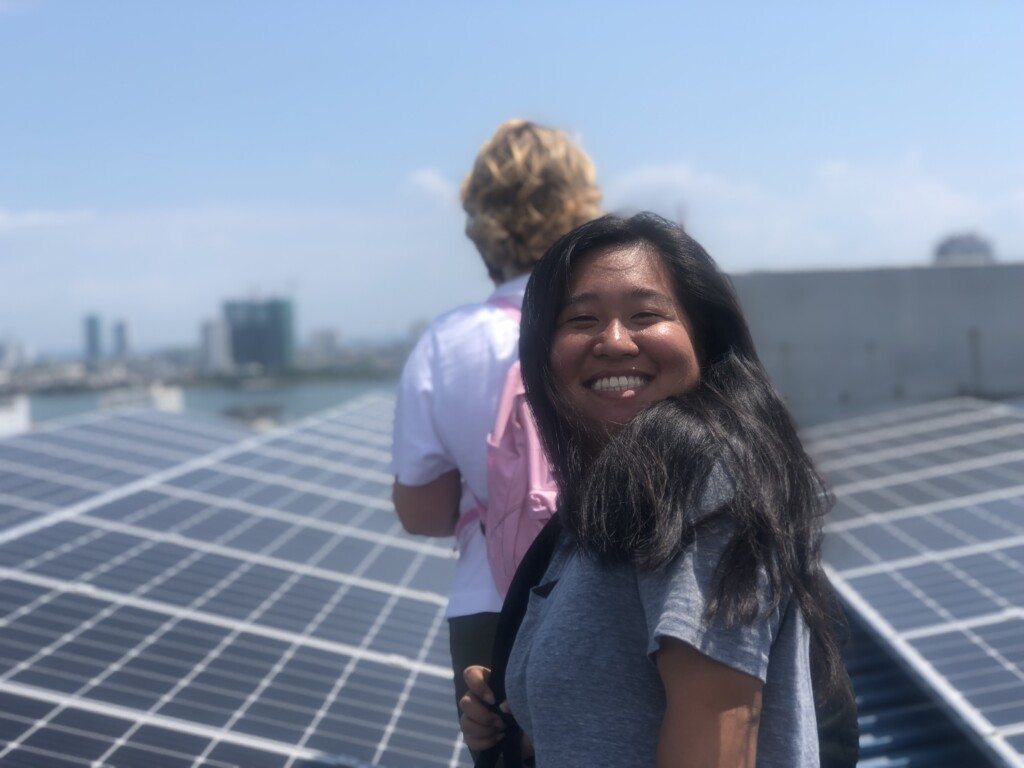
Ea Kirkland-Woodward
I would like to thank the entire Environmental Studies Department for helping me through this process and all of my time at PLU. From my first day to my last, I have learned invaluable lessons from some of the best professors. I would also like to thank my parents and grandparents for allowing me the opportunity to attend PLU and always providing for me; I cannot thank you enough.
Environmental Degradation at the Hanford Nuclear Site.
My capstone studies the Hanford Nuclear Site in Eastern Washington. This decommissioned nuclear site is now one of the largest and most difficult environmental cleanup projects the U.S. Dept. of Energy has ever dealt with. By looking at this problem through the lenses of environmental history and chemistry, I show how these nuclear contaminants are affecting not only the local environment, but also the natural landscapes and people who live there.
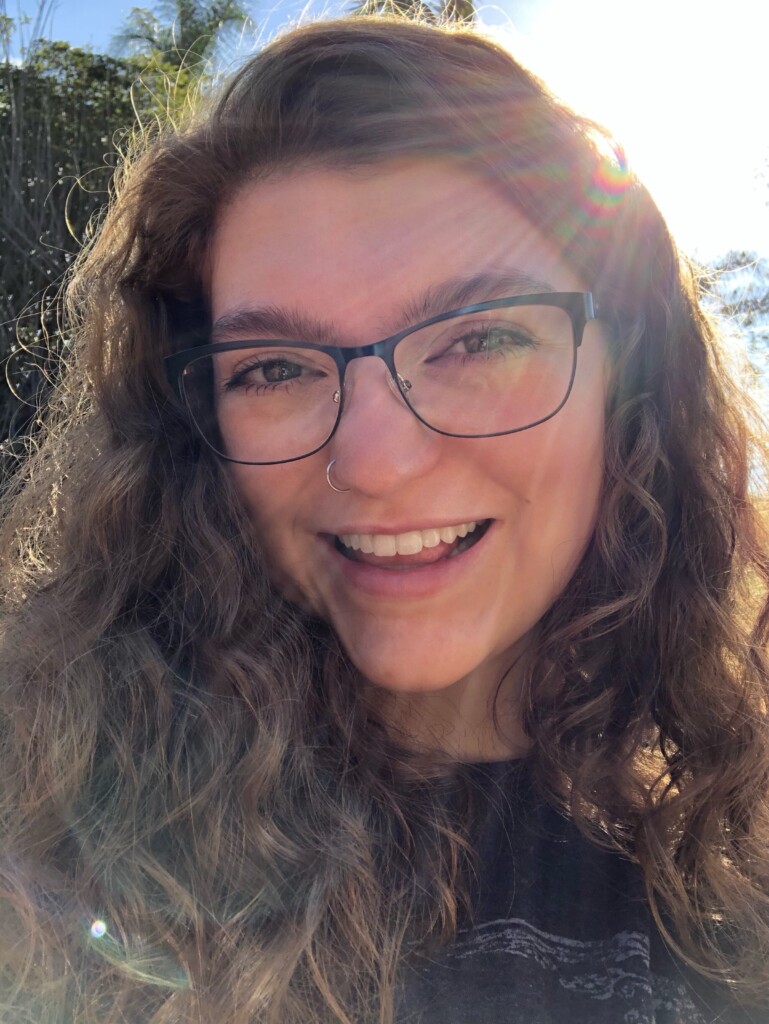
Anya Nelson
I’d like to thank my capstone professors Rose & Adela, mentors Dr. Laurie-Berry and Dr. Young, and capstone classmates for all of their support, guidance and encouragement. I’d also like to thank my family and friends for just about everything! 🙂
Sulfide-ore mining and wild rice protection in Northern Minnesota: A case study on scientific rhetoric and (mis)communication.
A disconnect between scientists and the general public is all too common, and is sometimes taken advantage of by powerful corporations or political groups. In northern Minnesota, the controversy around a pair of proposed sulfide-ore mining projects and their potential effects on nearby protected ecosystems and the culturally significant wild rice offer key insight into this phenomenon. I argue that by analyzing the ways in which various stakeholders use (or ignore) scientific data to further their own interests, we can better understand how to mitigate the public’s misunderstanding or misinterpretation of science, and thus enact conservation measures.
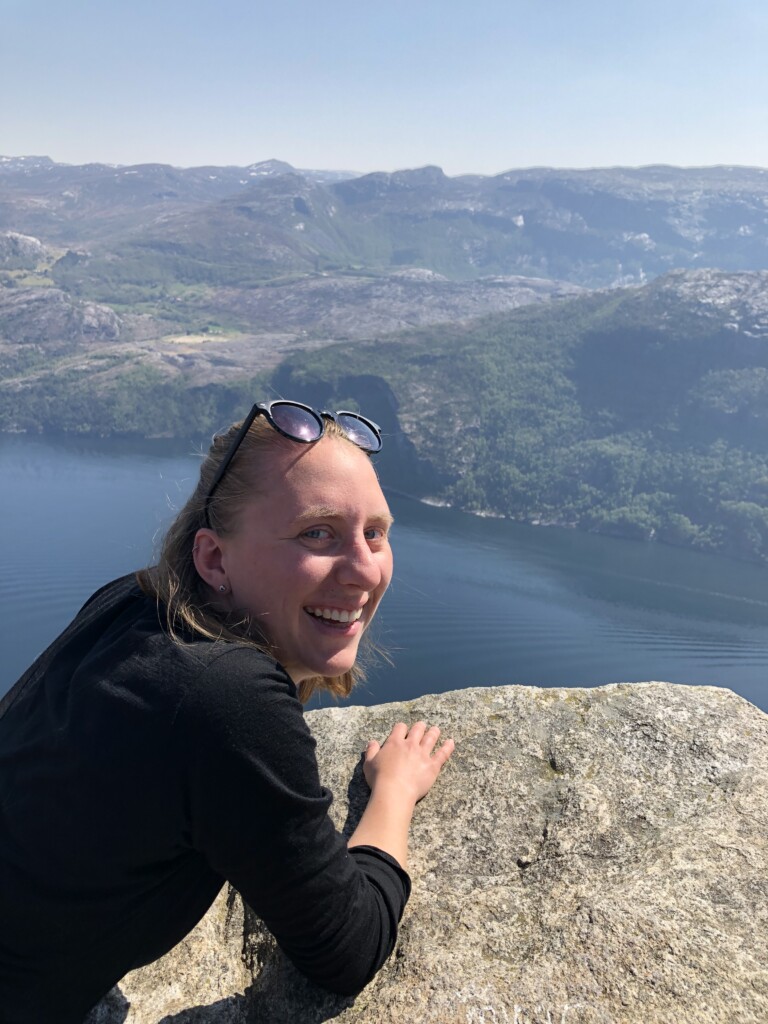
Layne Perkins
I would like to thank my mentors, Dr. Shannon Seidel and Dr. Katherine Wiley, and my capstone professors, Dr. Rose McKenney and Dr. Adela Ramos, for their constant and incredible support and care. My paper would not be where it is today with out the insightful feedback from Dr. Seidel and Dr. Wiley, and my life would be a little less fun and informative if it were not for liveliness of the wonderful Dr. McKenney and Dr. Ramos. Finally, I would like to thank my family and friends, whose continual belief in me is what drives my passion and work in creating a world where everyone has access to environmental spaces and education.
Environmental Education: Connecting Eco-Literacy and Empathy to Promote Environmental Justice in Underserved Communities.
In this paper, I seek to draw connections between eco-literacy and empathy and how they can be applied to environmental justice efforts. The anthropological focus of my paper analyzes the disparities in environmental access and understanding in regards to race and socio-economic status. Building from this information, I explain how integrating science teaching methods that focus on developing empathy will lead to social change through increased environmental comprehension among underserved communities. My work with Wildlife Champions highlights how an environmental education program can be successful in developing these traits. With climate changes on the rise and the disproportionate way in which it impacts marginalized populations, this work is more important now than ever because it addresses the systemic racial and income inequality issues in the United States while also providing the solution of implementing more environmental education programs throughout the country.
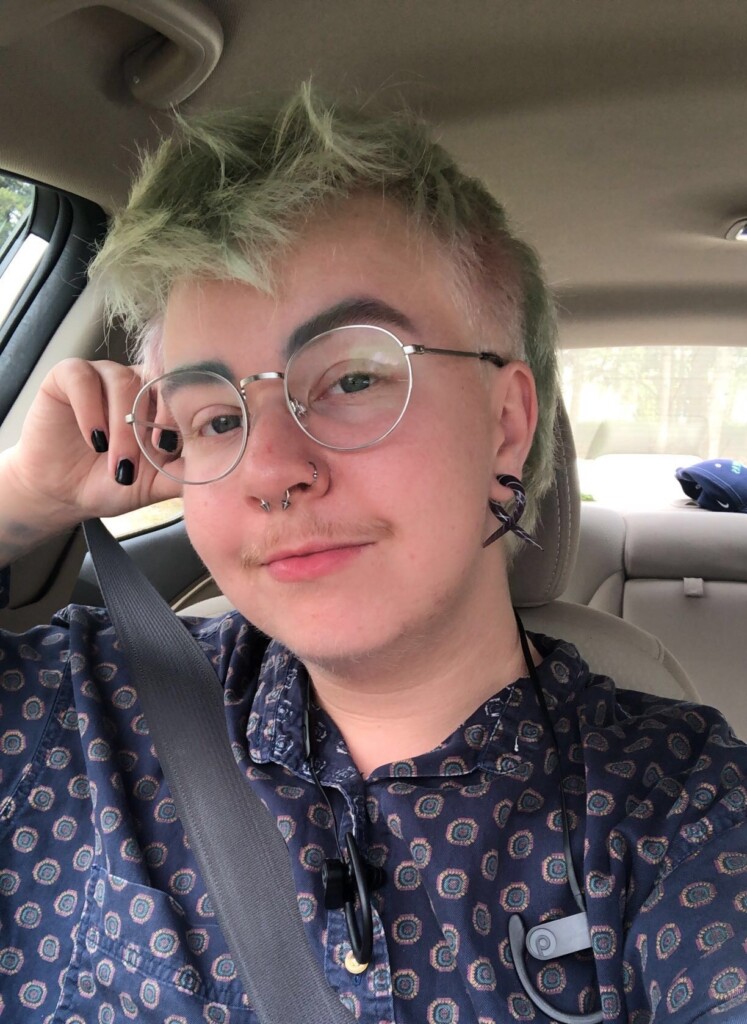
Orion Schomber
I would like to thank my mentors, Dr. Bradford Andrews, Dr. Gregory Youtz, Dr. Rose McKenney, and Dr. Adela Ramos, for guiding me through this complicated project; Dr. Miho Takekawa, for her recommendations and encouragement; my mom and dad, for their encouragement and excitement about my research; and my partner Eric, for listening to me continuously ramble about the complicated nature of music’s impact on the environment.
Shake, Rattle, and Plastic: The Environmental and Cultural Impacts of Mass Produced Percussion Instruments .
Music is often not associated with environmental degradation. However, the adaption of mass production in the music industry has highly negative environmental impacts that we must recognize as we work to limit our personal and societal impact on the environment. Percussion instruments are one of the instrument groups that is the most environmentally harmful due to rapid production of synthetic instruments and utilization of endangered woods. Through three case studies with rattles, congas, and xylophones, I find that most percussion instruments originally held great cultural significance and were created with natural localized materials, like native woods, animal parts, and plants. However, through industrialization and popularization of these instruments, the connection between culture, environment, and instrument has dwindled; Thus, leading to heavy usage of synthetic materials. By utilizing cultural anthropology and acoustic studies, I analyzed why these cultural changes occurred. Through this and its application to ethnomusicology, I suggest the adaption of wide scale localized craftspeople to move percussion creation away from mass production and back to individual communities. While there will be challenges, I argue that this path of action will be the most musically, culturally, and environmentally friendly method to this ever growing problem.
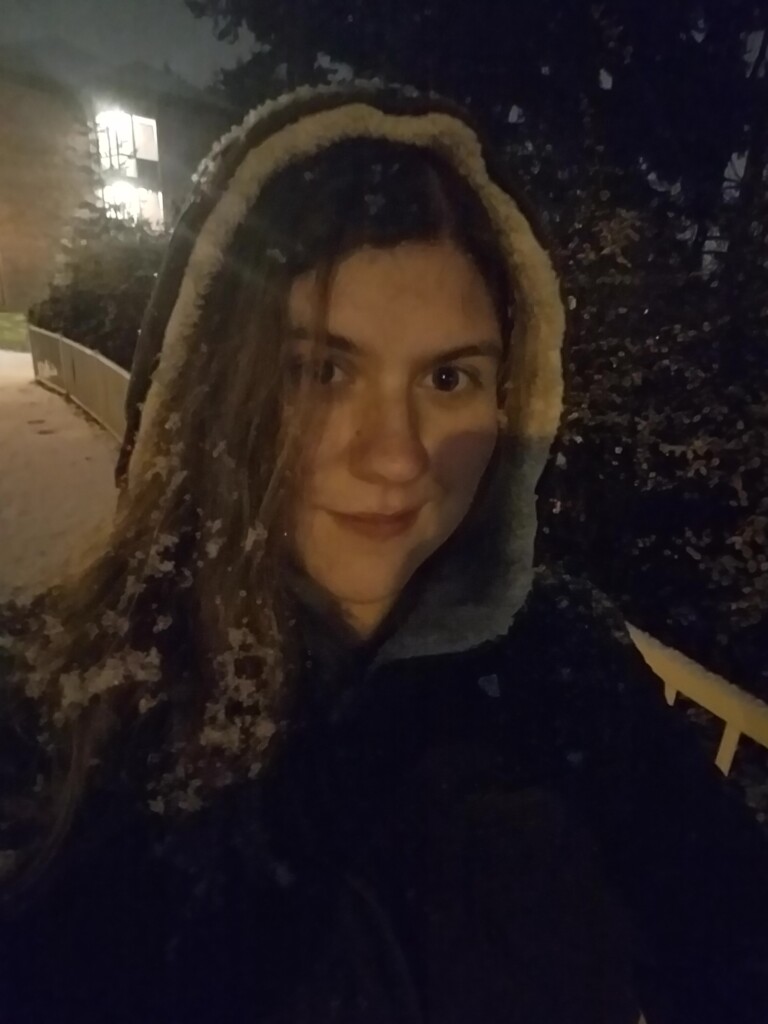
Danielle Skibiel
I would like to acknowledge and thank my two mentors, professors Rose McKenney and Sergia Hay, for helping to guide me in creating my idea for this capstone project and for taking the time to assist me during the course of this class. Your motivation and support has kept me encouraged to finish strong! I’d also like to take a moment to say thank you to all my friends, family, and housemates for inspiring and believing in me over the course of this undergrad experience, I couldn’t be more thankful. Lastly, thank you to my Environmental Studies peers and instructors for being so awesome and supportive this past year. You are each truly inspiring, I’ll miss seeing you around!
The Ethical Use of Natural Resources: Hydroelectricity at Holden.
My Capstone project examines the use of hydropower at Holden Village. Long-term use of hydropower at Holden Village is consistent with ethical principles of virtue ethics. Through instructional and habitual action, the villagers at Holden display virtuous ethics regarding the use of hydroelectricity for power. Adaptations to actions are required throughout the year based on the seasonality of streamflow and the generation of power from the water in Copper Creek. I argue that the behavioral adaptations Holden Villagers make in regards to hydroelectricity production during winter seasons are a reflection of virtue in action with regards to the natural environment.
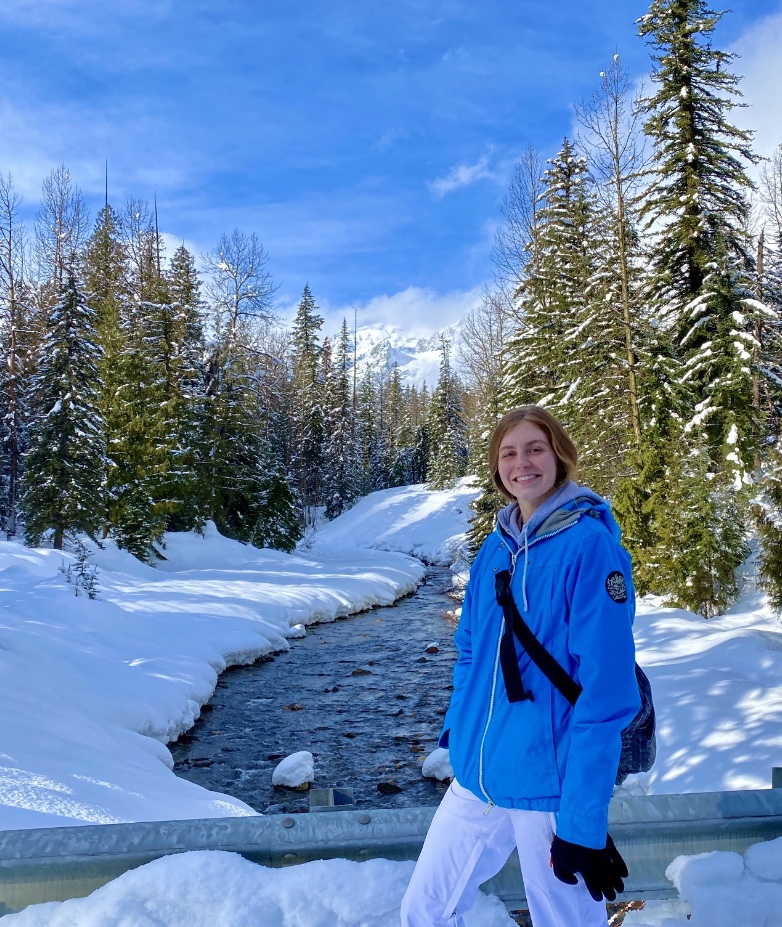
Austin Smith
I would like to thank Rose McKenney, Adela Ramos, Michael Artime.
Fixing Our Agriculture System.
This project looks at the detrimental effects of monoculture farming & recommends alternatives in order to reduce damages to groundwater as well as soil.
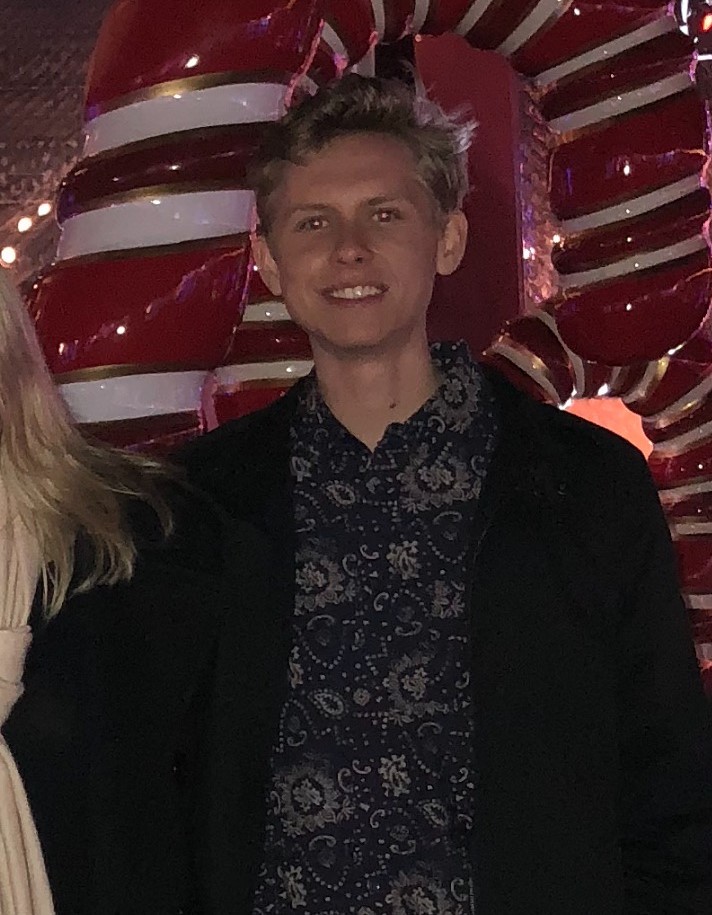
Jun Wu
Many thanks to the Environmental Studies Department at PLU, my mentors Professor Claire Todd and Professor Rebecca Wilkin. Without the support of my friends, families, and peers, this capstone would not have been possible.
Advocating for Accessible Ecological Literacy: Cross-genre comparison of Geology and Germinal.
Environmental education developed the concept of ecological literacy to promote the comprehension of environmental issues and to promote sustainable behavior. However eco-literacy is hindered when readers are unable to access the necessary knowledge to comprehend scientific literature. Literature written for the general public (i.e. not discipline specific) has the capacity to operate as pedagogic material in support of eco-literacy. My project advocates for eco-literacy by examining Émile Zola’s novel, Germinal (1885), alongside geological publications, Guéguen et al. (2009) and Denimal et al. (2002). Through a cross-genre comparison of literature and scientific journals, I show how each genre portrays geological information (subsidence, mine-tip leaching).
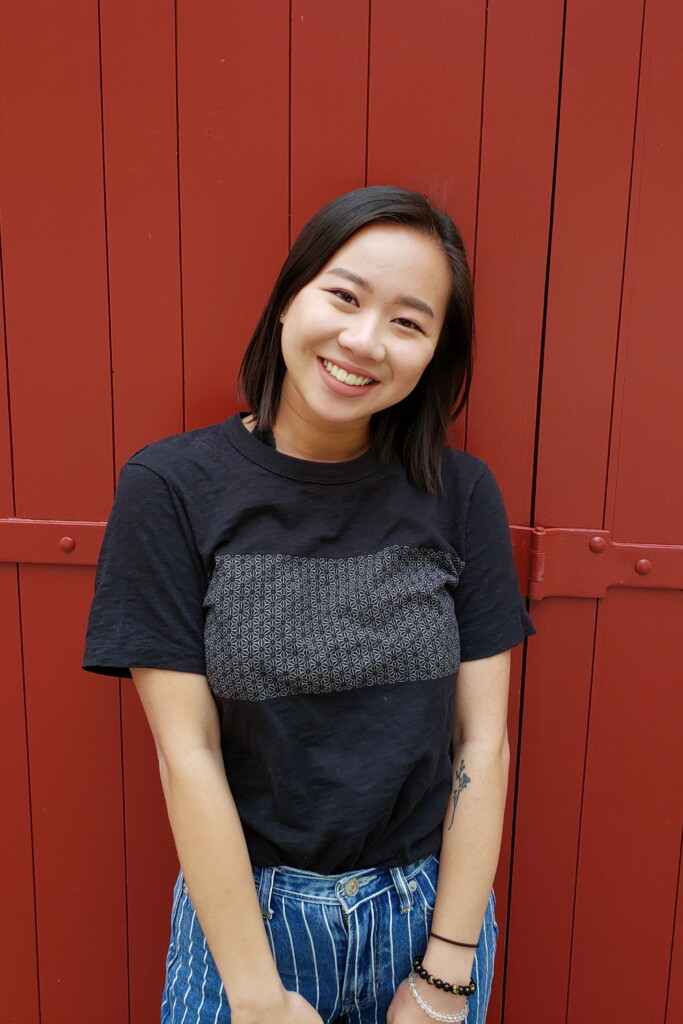



Social Media